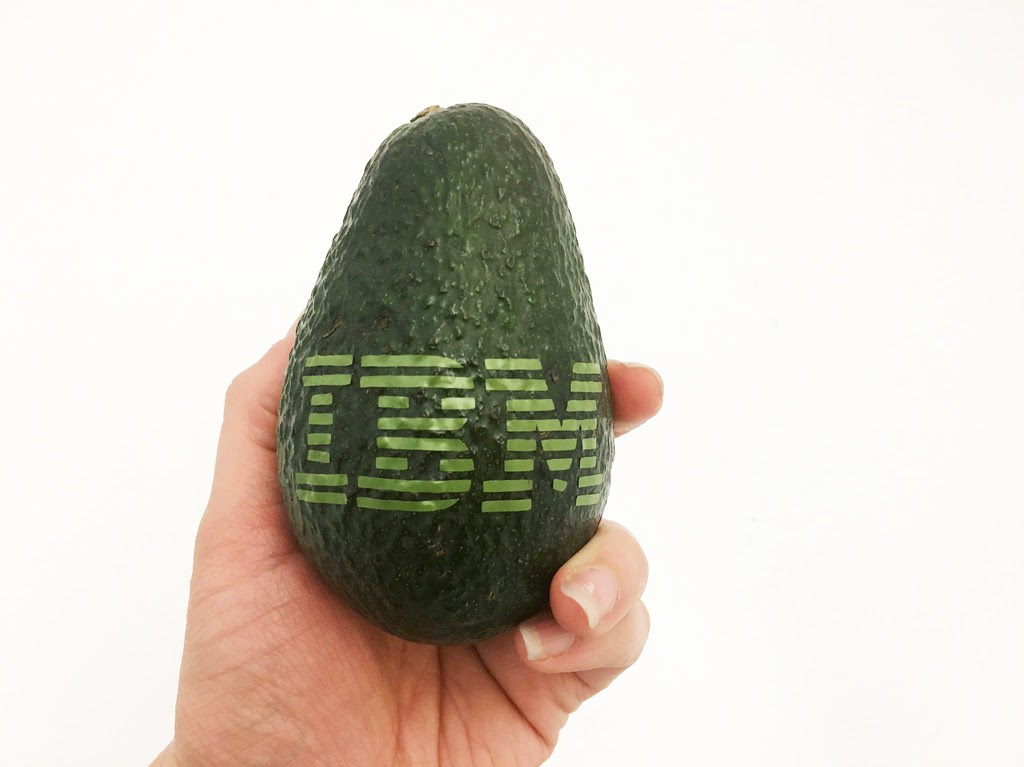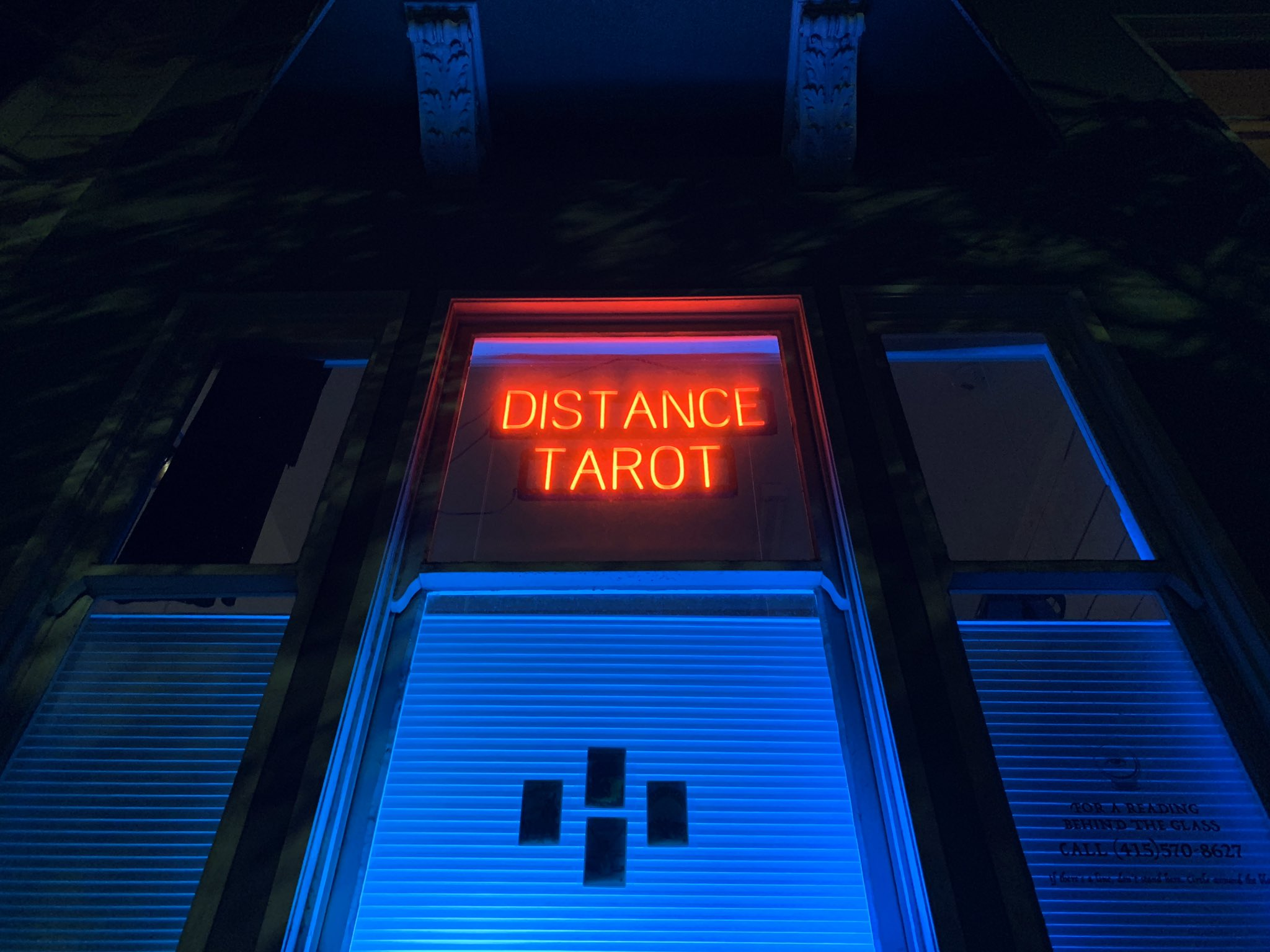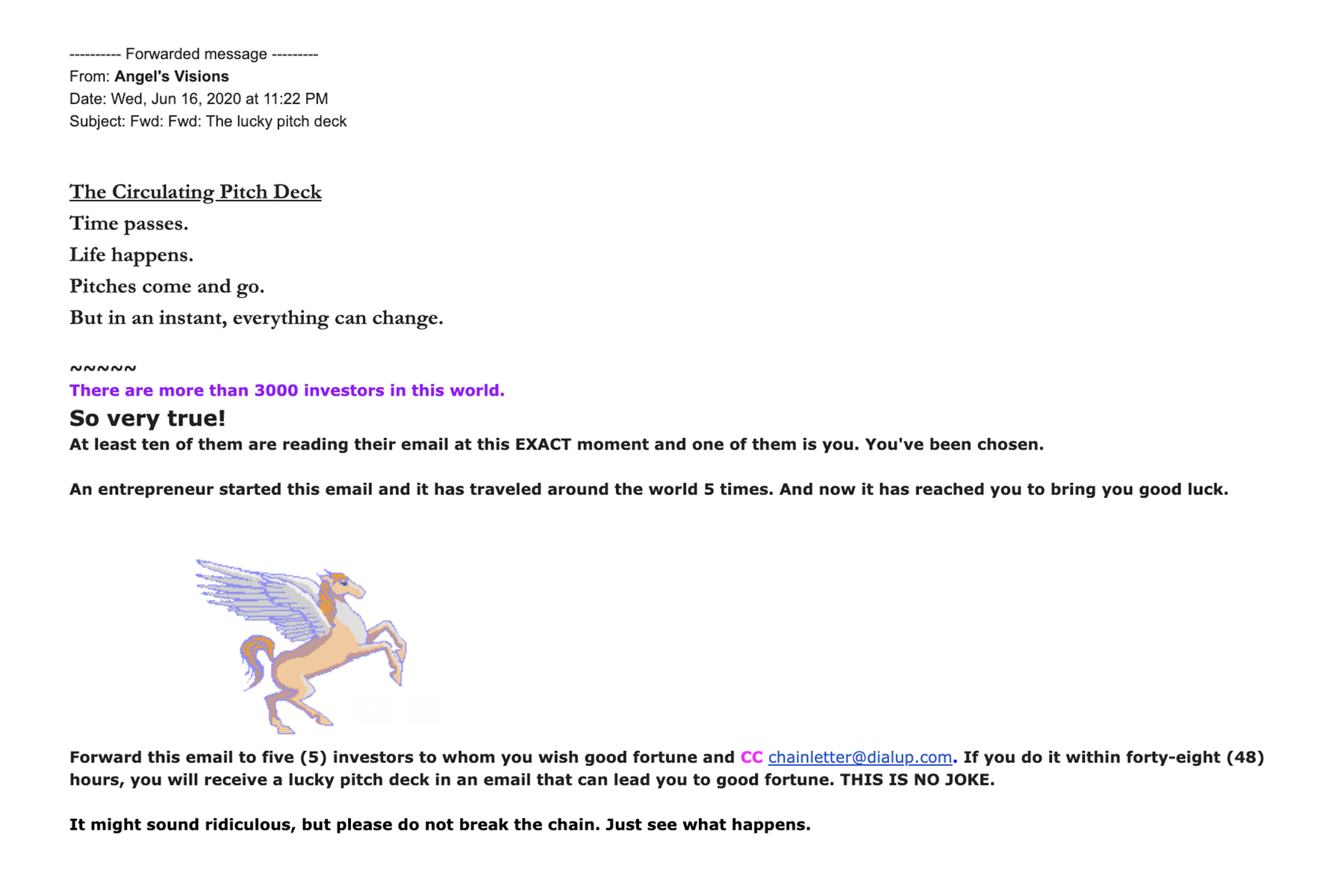What I Built: Danielle Baskin’s app for heart-to-hearts with strangers
Time to read: 4 minutes

When users join Dialup, they can choose from a list of topics they'd like to discuss: tarot, their boss, woodworking, relationships, and more. It’s a list of topics you might discover in a passing conversation on a bus, in an airport, or at a wedding. In a digital recreation of conversational happenstance, the app sends your interests to a stranger picked at random-- another curious soul seeking ephemeral social contact. Your lists of interests become conversation starters. And much like those passing conversations at crosswalks, movie theater lines, and plane rides, the exchange is fleeing by default. The strangers meeting on Dialup have no way of getting back in touch when the call ends.
At the beginning of 2020, Dialup had 2,000 users. Today it has 31,000 users from 190 countries, and has been written up by the New York Times and The Guardian. Creator Danielle Baskin’s favorite story is about two strangers who chatted and then at the end of the call realized one was from Pakistan and the other from India. Without Dialup, they probably would have never talked to each other.
“The thing I feel most driven to do is create events and scenarios where I get people to meet each other. There’s such a great delight in being the wizard behind the scenes,” Baskin says.
Meet the creator: Danielle Baskin

As an artist and entrepreneur, Danielle Baskin’s brand of wizardry is a clever mix of humor, art, and actual business principles. She has printed pitch decks on yoga mats for busy VCs. She has knitted sweaters for drones. She has placed signs in the window of her San Francisco apartment encouraging people to call her for Tarot readings. Baskin’s projects look whimsical at first glance, profitable at the second, and artistic at the third. They strike strangely at the truth and absurdity of common concepts in tech. The absurdity is multiplied when you realize you can actually purchase or download many of them. Baskin’s Twitter is full of concepts that could come from a humor magazine, a gallery, or the Harvard Business Review. They are the kind of humorous but useful products that get reviewed on the Today show or talked up in NPR, which have both recently covered Baskin’s pandemic projects.
“I’ve always been interested in pranks and stunts and doing performance art,” she says. Her wizardry was born out of the invisible and invisibly spread; in grade school she folded catchy websites into pranks and satirized the simultaneous lack of agency and self-importance of the student council. She created a series of “disappearing” invisible bike helmets during college so that her head would disappear-- humorously and beautifully-- into a compelling skyscape. As it remains today, the charm of Baskin’s projects are perhaps in their commitment to the bit. She manufactured and sold the invisible headwear, which cyclists can still purchase today.

An example product from of one of Baskin's companies, a printing company specializing in logo-laden "swag" fruit

One of Baskin's curbside San Francisco art projects: a dial-in tarot read for passers-by
What inspired Dialup?
When Baskin was doing a tarot reading at a party, she befriended Max Hawkins: an artist and software engineer with a mutual interest in randomness. To stay in touch, the two created an app that would randomly call each other every few days. They were the first users, as well as the co-founders, of what would eventually become Dialup.
How Dialup was built
When Dialup expanded, Baskin and Hawkins realized they needed funding. Baskin didn’t know any investors, so she came up with a creative way to connect with VCs. In a delightful mix of campy nostalgia and viral marketing, she created an old fashioned chain letter which instructed investors to send the email to five other investors for good luck. Once an investor had sent it off, they received a follow-up email with a phone number. Investors who called were directed to a phone tree that used Twilio’s tools to direct investors up through a directory so that Baskin could make an appointment with them.
Baskin sent the chain letter to about ten friends who were founders, who then forwarded it to investors they knew. The project caught on. After a few weeks, Baskin reached about 550 investors, including some of the highest echelons of venture capital.

A screenshot of Baskin's lucky pitch deck email, a gif-laden throwback to an earlier era
“I didn’t even tell people what the company was in my letter. I just said that it’s a lucky pitch deck…” Baskin said. “I didn’t really get any funding, but I learned a lot about communicating with VCs.” Baskin says.
What’s next?
Baskin is still working on Dialup and hoping to raise funding for it since it’s grown so large. As Dialup grows, she is looking to create even more specificity in conversational connections. For example if you’re reading a book and just finished Chapter Two, Dialup could put you in touch with a stranger reading the same book who also just finished Chapter Two.
She’s also playing around with immersive audio games on the phone. She wants to create an app like Dialup that connects strangers together except now they’re given an unexpected situation, character backstory and some background music. “Sort of like LARPing on the phone,” Baskin says.
In general, however, Baskin says it’s difficult to predict what she’ll be working on in the future. Like a true Silicon Valley entrepreneur and artist, Baskin runs on inspiration and rapid iteration. “I tend to have no idea what future projects I’ll create because a lot of it is created on whim,” Baskin says.
Knowing Baskin, we’re sure it will be something full of whimsy, utterly captivating, and soon to go viral.
For more Twilio projects, check out Ahoy or follow our developer account on Twitter. You can also check out the Twilio Community Forums or join us for SIGNAL, Twilio’s Customer & Developer Conference (This link can get you signed up for a SIGNAL 2021 All-Access ticket with 15% off)
Related Posts
Related Resources
Twilio Docs
From APIs to SDKs to sample apps
API reference documentation, SDKs, helper libraries, quickstarts, and tutorials for your language and platform.
Resource Center
The latest ebooks, industry reports, and webinars
Learn from customer engagement experts to improve your own communication.
Ahoy
Twilio's developer community hub
Best practices, code samples, and inspiration to build communications and digital engagement experiences.
